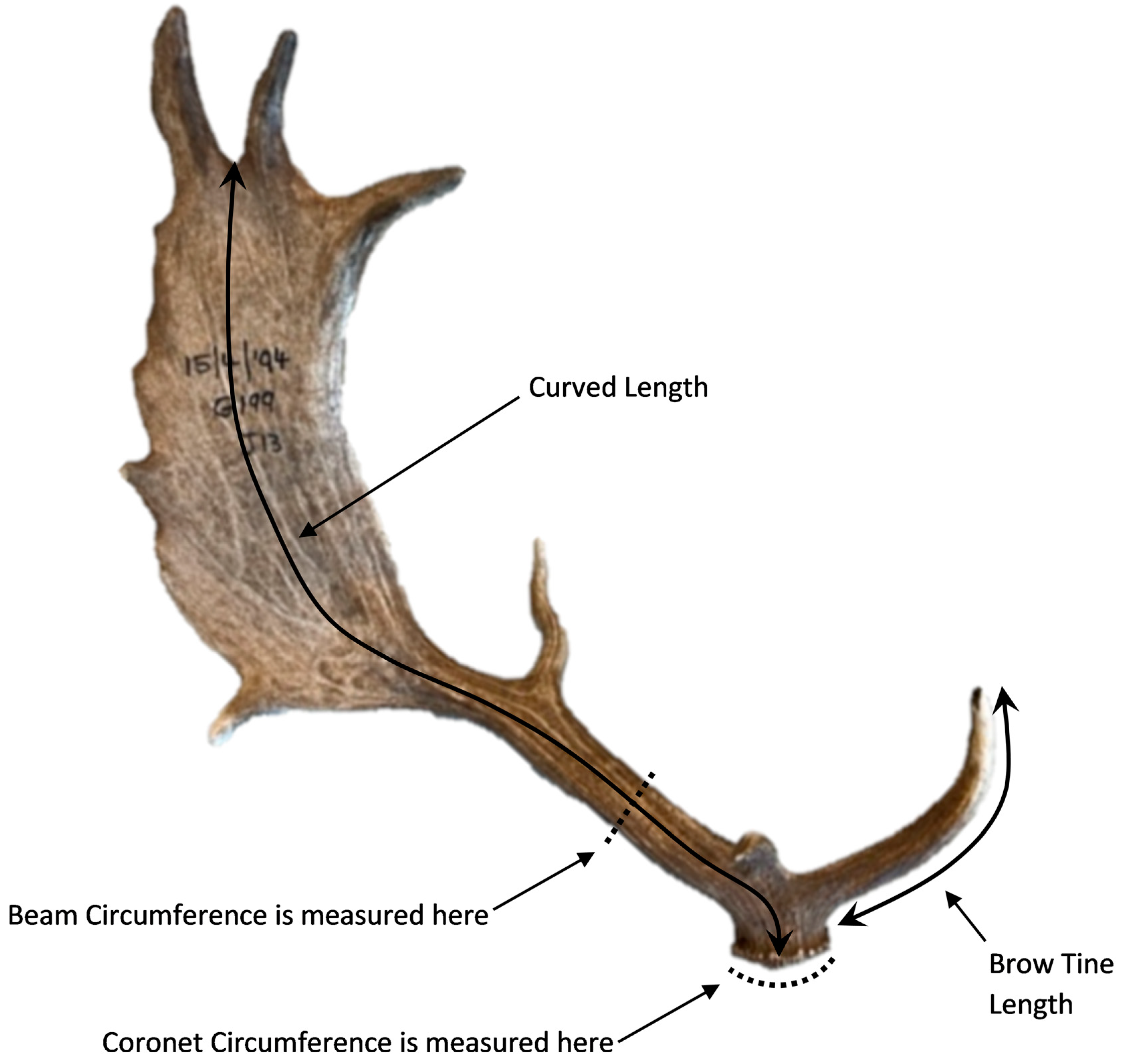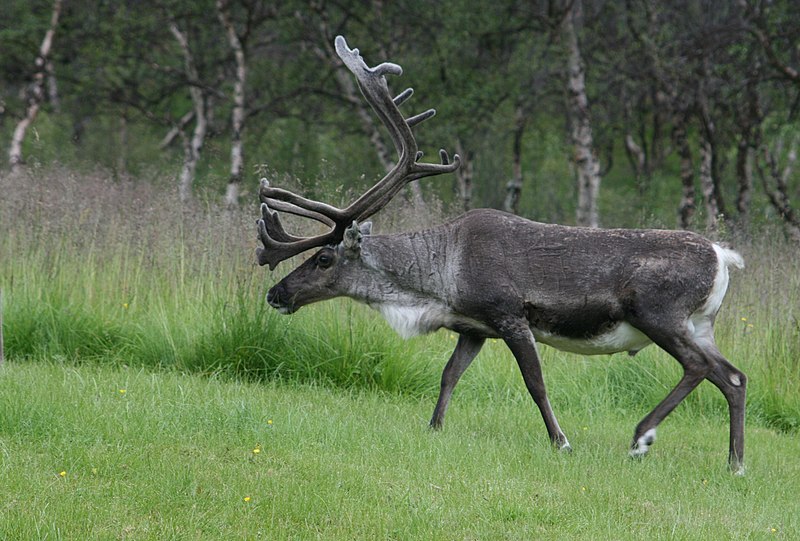Moose antlers are made of bone and are composed mainly of calcium and phosphorus. These sturdy structures are an essential part of a moose’s anatomy, serving various purposes including defense, attracting mates, and establishing dominance in their environment.
Moose antlers are fascinating examples of nature’s intricate design, showcasing the strength and resourcefulness of these majestic creatures. The unique composition of moose antlers allows them to grow rapidly during the spring and summer months, shedding a velvet layer to reveal their impressive size and intricate shapes.
Understanding what moose antlers are made of provides insights into the biology and behavior of these remarkable animals, highlighting the importance of conservation efforts to protect their habitats.
Unveiling The Structure Of Moose Antlers
Unveiling the structure of moose antlers: Moose antlers are a fascinating marvel of nature, embodying a unique blend of strength and intricacy. Let’s delve deeper into the composition and growth process of these majestic antlers.
A Closer Look At Moose Antlers
The outer surface of moose antlers is covered in a velvety skin called velvet, rich in blood vessels and nerve endings.
Underneath this protective layer lies the dense core of spongy bone tissue, responsible for providing structural support.
The growth rings on a moose antler signify periods of rapid growth, akin to tree rings, reflecting the moose’s age and health.
Understanding The Growth Process
- Moose antlers grow incredibly fast, up to an inch per day during peak growth periods.
- Blood flow is crucial for antler growth, with nutrients and minerals aiding in the rapid development.
- Calcium and phosphorus play a vital role in strengthening the antlers, making them durable for diverse uses.
The Composition Of Moose Antlers
Moose antlers are primarily made of bone and cartilage, structured in a way that they grow and shed each year. The outer layer, known as velvet, is a soft skin covering the antlers during their growth phase, providing a blood supply for new growth.
Proteins And Minerals
Moose antlers are composed primarily of proteins and minerals.
- Proteins provide flexibility and elasticity to the antlers.
- Minerals like calcium and phosphorus contribute to their strength.
Impressive Strength And Durability
The structure of moose antlers showcases impressive strength and exceptional durability.
They can withstand high impact forces and serve various functions like defending against predators.
The Role Of Moose Antlers In Natural Environment
The role of moose antlers in the natural environment serves various purposes, including mating rituals, defense mechanisms, and establishing dominance within the species. Understanding the significance of moose antlers in the wild provides insight into the behavior and survival strategies of these majestic creatures.
Use Of Antlers In Mating Rituals
Moose antlers play a crucial role in the mating rituals of these majestic creatures. During the mating season, bull moose use their magnificent antlers to spar with other males, showcasing their strength and dominance. The sound of clashing antlers reverberates through the forest, signaling the readiness of males to compete for the attention of potential mates. The size and symmetry of the antlers often determine the success of the mating ritual, as they serve as a visual indicator of the bull’s vitality and genetic fitness.
Antlers As A Weapon And Defense Mechanism
Aside from their role in mating rituals, moose antlers serve as a formidable weapon and defense mechanism. Bull moose use their antlers to ward off predators and fend off rival males during territorial disputes. The sharp tines and imposing size of the antlers act as a deterrent to potential threats, effectively safeguarding the moose and their offspring from harm. In addition to serving as a means of protection, the impressive display of antlers establishes the dominance of bull moose within their social hierarchy, ensuring their ability to access limited resources and secure favorable mating opportunities.

Credit: www.mdpi.com
Factors Influencing The Antler Composition
Moose antlers are primarily composed of calcium and phosphorous, with a framework of protein called collagen. These factors influence antler composition, determining their strength and size. The mineral-rich diet of moose contributes to the growth and development of their impressive antlers.
Moose antlers are truly remarkable structures, but have you ever wondered what they are made of? Several factors influence the composition of these magnificent appendages, ranging from genetics and environmental impact to nutrition and habitat. Understanding these factors can provide valuable insights into the amazing world of moose antlers.Genetics And Environmental Impact
Genetics plays a significant role in determining the size, shape, and overall composition of moose antlers. Just like humans inherit traits from their parents, moose inherit antler characteristics from their ancestors. This hereditary influence can determine whether an individual moose will have massive antlers or smaller ones. But genetics is not the sole influencer. The environment in which a moose lives can also impact its antler composition. Factors like temperature, humidity, and food availability can affect the growth and development of antlers. For example, moose living in regions with harsh winters may have heavier and denser antlers due to the need for extra strength during cold weather. On the other hand, moose living in areas with abundant food sources may have larger antlers due to better nutrition.Nutrition And Habitat
Proper nutrition is crucial for the healthy development of moose antlers. Antlers require a range of essential nutrients, including calcium, phosphorus, and protein, to grow strong and sturdy. Moose that have access to a diverse and nutritious diet are more likely to develop impressive antlers compared to those with limited food sources. Additionally, the moose’s habitat plays a vital role in antler composition. Moose living in areas with ample vegetation and a variety of plants have more opportunities to obtain the necessary nutrients for antler growth. These habitats can provide a wide range of browse, such as tree leaves, shrubs, and aquatic plants, that contribute to the overall health and quality of the antlers. In conclusion, the composition of moose antlers is influenced by a combination of genetic factors, environmental impact, nutrition, and habitat. Understanding these influences not only enhances our appreciation of moose antlers but also sheds light on the remarkable adaptation of this magnificent species. So, the next time you come across a moose with an impressive set of antlers, consider the fascinating factors that contributed to their formation.Human Utilization Of Moose Antlers
Human utilization of moose antlers spans across various domains, ranging from historical and cultural significance to traditional medicine and crafting. These majestic antlers have played a prominent role in human societies for centuries, being revered, utilized, and appreciated in numerous ways.
Historical And Cultural Significance
The historical and cultural significance of moose antlers is deeply rooted in different cultures around the world. In Native American cultures, these antlers hold immense spiritual and symbolic value. They are often seen as a representation of strength, power, and wisdom, embodying the spirit of the mighty moose. The antlers are not only utilized in practical ways but also feature prominently in artwork, ceremonial headdresses, and traditional dances.
Similarly, in Scandinavian folklore, moose antlers hold a special place. They are considered a symbol of protection and are often displayed as amulets to ward off evil spirits. Moose antlers are also incorporated into the design of traditional items such as jewelry, clothing accessories, and home decor, reflecting a deep appreciation for their natural beauty and cultural significance.
Use In Traditional Medicine And Crafting
The use of moose antlers in traditional medicine has been widespread in various cultures. The antlers are often ground into a fine powder or made into extracts, which are believed to possess healing properties. In some traditional medicinal practices, they are used to treat ailments such as arthritis, osteoporosis, and hormonal imbalances. While scientific evidence supporting these claims may be limited, the historical use of moose antlers in traditional medicine highlights the value attributed to them.
Beyond medicinal purposes, moose antlers are also highly sought after in crafting. The dense and durable nature of antler material makes it ideal for creating a wide range of items. Craftsmen and artisans utilize moose antlers to fashion intricate and beautiful pieces, such as jewelry, knife handles, buttons, and decorative items. Their unique texture, color variations, and elegant shape make each piece crafted from moose antlers truly one-of-a-kind, captivating the attention of those who appreciate artisanal craftsmanship.

Credit: en.wikipedia.org

Credit: yukonwildlife.ca
Frequently Asked Questions For What Are Moose Antlers Made Of
What Are Moose Antlers Made Of?
Moose antlers are made of bone-like material called antler. Antlers are the fastest-growing bone in the world and are composed mostly of calcium, phosphorus, and various proteins. They are shed and regrown every year, serving as a display of strength and dominance during the mating season.
Why Do Moose Have Antlers?
Moose have antlers primarily for mating purposes. During the rutting season, male moose use their antlers to compete for dominance and access to females. The size and condition of the antlers play a crucial role in determining the winner of these battles.
Antlers also help moose defend themselves from predators and establish their territory.
How Long Do Moose Antlers Grow?
Moose antlers can grow at an astonishing rate of up to an inch per day during the peak growth period. The full growth cycle can take around five months, and the antlers reach their maximum size by late summer or early fall.
After this, the antlers harden and stay with the moose until they are shed the following year.
Conclusion
Moose antlers are made of bone material and are the fastest-growing bone tissue. They serve various functions, such as attracting mates and fighting. Understanding the composition and growth of moose antlers gives us insight into the biology and behavior of these majestic creatures in their natural habitat.


